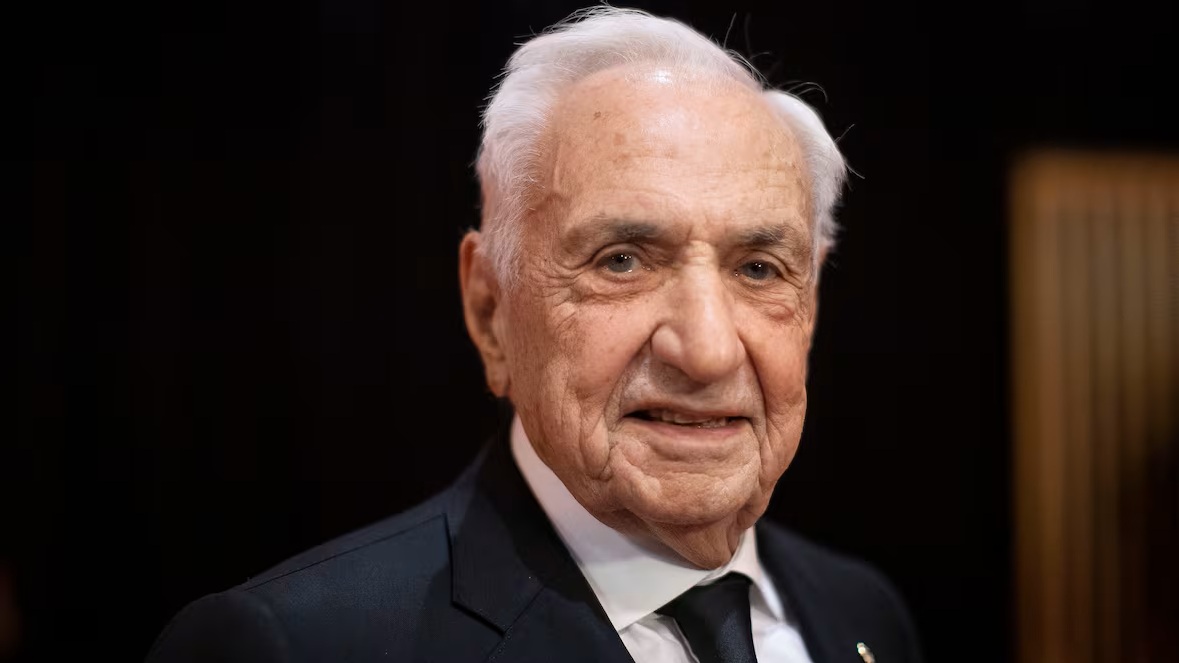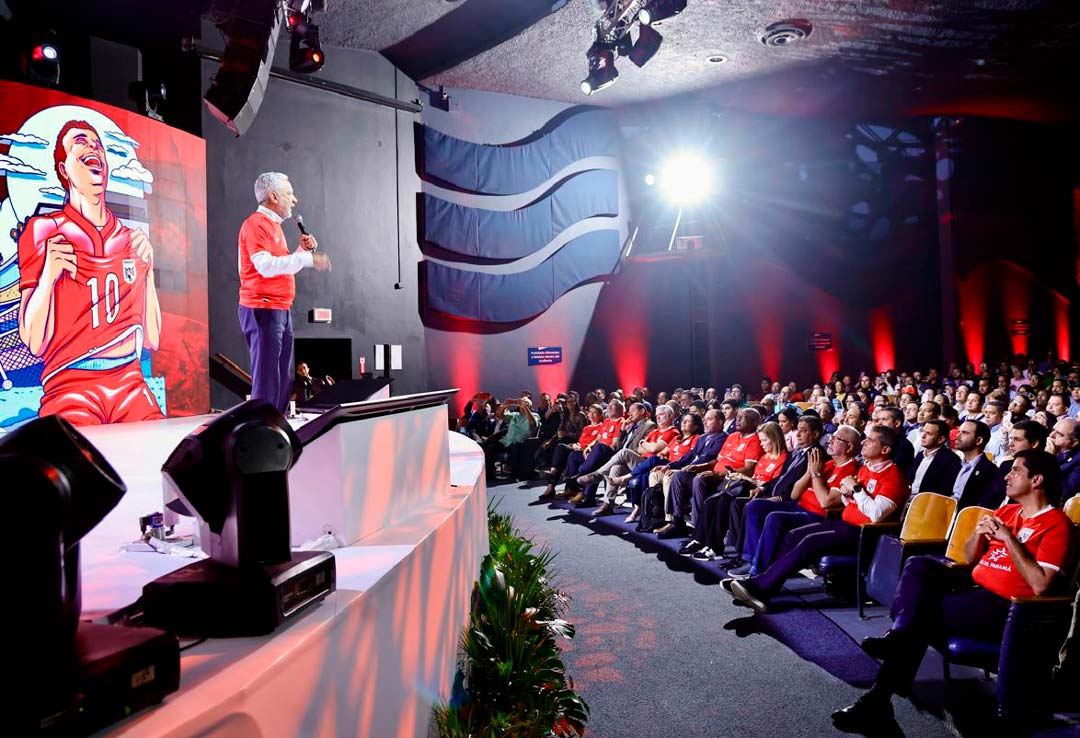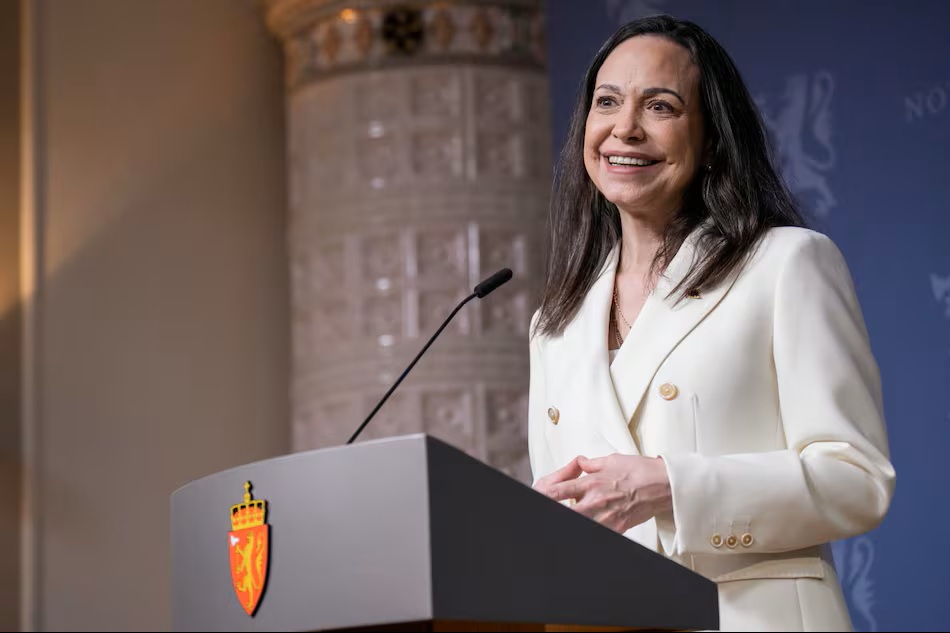Ironman competition a windfall for taxman and tourism

By Margot Thomas
THE IRONMAN competition in Panama on Sunday, January 30, is more than a sporting event. It is a tourism and economic boost for the country, bringing over 4,000 people into the country and gaining media recognition around the world.
Over 1400 competitors are taking part In the fourth edition of the Ironman 70.3 starting at dawn. Over 1,000 are foreigner, each of them traveling with at least three people, and all arriving up to four days before the event to get acclimatized and study the course. Add to that hundreds of media reps and those arriving to watch the event, and you have an economic benefit that puts Mayor Jose Blandon’s much vaunted $3.7 million Christmas Disney extravaganza in the shade But foreigners don’t get to vote in local elections, and for a man with his eyes set on a future run for the presidency, every vote counts.
After the competition many athletes and their companions remain in the country as tourists. That’s a whole packet of money pouring into the country for hotel reservations, transportation (including car rentals) and three meals a day, and then there are visits to shopping malls or city tours .
The state has invested $300.000 in the event , which will generate $525,000 in taxes, from the estimated $3.9 million in spending. That’s a return of 1.75 times the investment
The $300,000, was divided between the City of Panama, Pandeportes and the Tourism Authority.
” These events, sell the country without the state spending on anything, not even promoting them,” says Eladio Quintero, of the Panama Triathlon Union. The State’s investment is to pay, for example, the company ENA for the use of the South Corridor, where the cycling competition takes place.”
Ironman 70.3 was developed for the first time in Panama in 2012, after the previous administration signed a three year agreement reports La Prensa.
The contract was not renewed by the Varela government and there was no event last year.
Entries, costing between $250 and $300, were sold out in September 2015.
THE ATHLETES
The competition is mentally and physically demanding and expensive.
For optimal performance in the 1,900 meters swimming, 21 kilometers (half marathon running) and 90 kilometers of cycling, athletes train almost nonstop throughout the year.
The associated costs for each of the three disciplines can be mind boggling. A good bike can cost up to $8000. And there is ongoing investment in equipment maintenance, bicycle rims and spare parts.
To this are added nutritional demands, products such as vitamins, protein shakes, supplements and hydration gels to eat during the race.
“It’s a sport that has three disciplines required as much chéchere” says Cristina Mata (30), who competes locally and internationally. “Most are amateur athletes, we have to pay tuition. In categories no cash prizes, you do not get anything back. It is 100% for art’s sake “.
Fernando Alfaro (41), who has six years competing in Ironman ,says the exposure the event gives the country is more important than the trade it generates. Panama is one of the few cities in the world chosen by the World Triathlon Corporation (WTC) for competition.
“The fact that Panama is the only country in Central America that has this event makes it a benchmark in the sport for international exposure “he said.
Meanwhile, for the tourism industry and the tax collector, Ironman ia a windfall, and politicians will rush to calim the credit.





